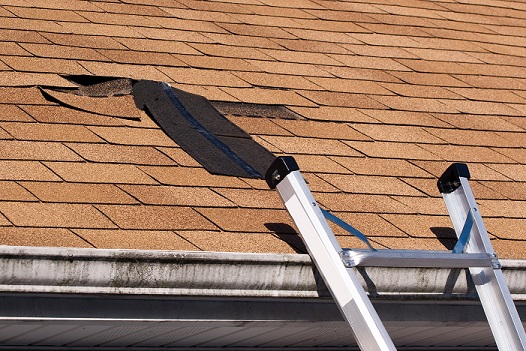Asphalt vs Tin vs Fiberglass: What Shingles Are The Best
Shingles are an important part of your roof’s infrastructure. They can be made from a variety of different materials. Each material has various pros and cons depending on what you’re looking for concerning your roof. In this article, we’ll be analyzing three specific materials: asphalt, tin, and fiberglass. Remember to always consider energy-efficiency and proper insulation of any roof you install which depends on the climate in the area you live. By the end of this article, you’ll know exactly what roof shingles is best and what material would be perfect for you

Asphalt
When it comes to shingles, asphalt is definitely the most common material. This has a lot to do with their affordability and how easy they are to install. Also, since they’re so easily manipulated, they can be made in a variety of different colors and styles.
Pros: In addition to them being easy to install, you’re not going to have a hard time finding a roofer to install them for you. Also, you’re not going to have to wait a long time for the shingles to be installed. Often, the process will just take a matter of hours. If you live in a hot climate, asphalt shingles will deflect UV rays from your home keeping your house cooler. That’ll help you keep energy costs down.
Cons: Asphalt shingles can be easily damaged. If you live in an area that has a lot of trees, there’s a great chance that the debris will cause problems. In part due to the fragility, asphalt shingles only last an average of 20 years. And during that time frame, you’re probably going to have to deal with major repairs.
Tin
If you’re looking for a durable solution that’s a good long-term investment, tin shingles may be the way to go.
Pros: Due to their durability, they can withstand a ton of impact. Whether it’s a heavy storm or debris, your tin shingles will live to tell the tale. If maintained correctly, tin shingles can last upwards of 50 years.
Cons: Since metal absorbs heat instead of reflecting it, it will increase the temperature of your house. This may be a good thing during the winter months since it’ll inevitably cut down on heating costs, but in the spring and the summer is may cause your cooling costs to skyrocket. Also, installing a tin roof is quite expensive and can take a bit of time to complete.

Fiberglass
This variation of asphalt shingles is a middle-ground material that trades a bit of affordability for a longer lifespan.
Pros: Even though they are a variation of asphalt shingles they are much more resistant to impact. Fiberglass shingles will also reflect UV rays instead of absorbing them in, keeping down energy costs. They provide a bit more fire resistance than asphalt shingles. Since they’re quite resistant to various outside forces, they tend to last a decade longer than asphalt shingles.
Cons: Fiberglass shingles do add a bit more protection, but they are also more expensive. They essentially are installed for double the price on average.
When choosing the right roof shingles for you, you should evaluate your current living situation. Think about your climate, how long you’d like to stay in the home and your budget. All three of these factors will help you make a decision on what shingles are right for you and what is the cost effective and energy-efficient. Asphalt, tin, and fiberglass shingles each have their own pros and cons but all three can cater to you in very specific ways.
If you are considering getting a new roof and have any ideas or tips please leave them in the comment section!
Please share this article!
